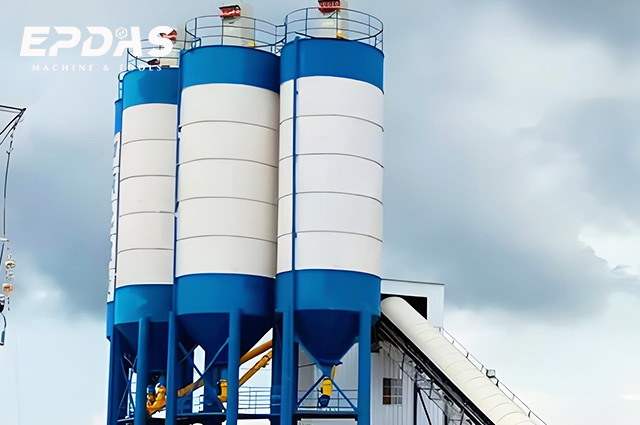| EPDAS18 | 11-14-2024 | comment profile send pm notify |
If it Rains The Day After Pouring Concrete,The Surface May Already Be Strong Enough to Resist Damage.By This Point,The Concrete Should Have Begun to Set and Gain Strength,So The Rain is Less Likely to Cause Significant Harm.
Several Factors Can Influence The Outcome:
1.Initial Curing:Concrete Needs Adequate Time to Cure.If it Rains Shortly After Pouring,The Surface May Be Affected,Leading to Potential Issues Like Surface Scaling or Washout.
2.Surface Damage:Heavy Rain Can Disrupt The Surface,Causing Imperfections,Such As Erosion or Pitting,Especially If The Concrete Hasn’t Set Properly.
3.Strength Development:Concrete Continues to Gain Strength as it Cures.Rain Might Not Significantly Affect Strength If The Concrete Has Already Started to Set (Typically Within a Few Hours of Pouring).
4.Placement Considerations:If The Rain Causes Pooling or Runs Over The Surface,It Can Wash Away The Fine Aggregates,Weakening The Surface Layer.
5.Curing Practices:It’s Essential to Implement Proper Curing Methods Post-Pouring.If Rain Is Expected,Using Curing Compounds or Coverings Can Help Protect The Surface.
Here’s a Detailed Breakdown of What Might Happen:
Dilution of Cement Paste:
Rainwater Can Dilute The Cement Paste In The Concrete,Disrupting The Normal Cementation Process Between Cement and Aggregates.This Can Lead to a Reduction in Concrete Strength,Potentially By 20% To 30% If No Protective Measures are Taken.
Washing Away of Surface Cement Paste:
Rainwater Can Wash Away The Cement Paste on The Newly Poured Concrete Surface,Exposing The Aggregates.This Can Severely Impact The Surface Quality and Overall Strength of The Concrete.
Increased Water-Cement Ratio:
Rainfall Can Increase The Water Content of The Concrete,Leading to an Increase in The Water-Cement Ratio.an Excessively High Water-Cement Ratio Can Make The Concrete More Brittle and Reduce its Strength.
Cracking Risk:
Rainwater Infiltration Into The Concrete Can Cause Additional Volume Changes During The Cement Hydration Process,Leading to Increased Internal Stresses.This Can Increase The Risk of Cracking,Which Not Only Affects The Durability of The Concrete But May Also Compromise The Safety of The Entire Project.
Extended Setting Time:
Excessive Moisture Can Prolong The Setting Time of The Concrete,Thereby Extending The Construction Period.
To Mitigate The Adverse Effects of Rainfall on Newly Poured Concrete,Several Protective Measures Can Be Taken:
Monitoring Weather Forecasts:Pay Close Attention to Weather Forecasts and Arrange The Construction Schedule Reasonably to Avoid Pouring Concrete During Rainy Days.
Covering Protection:If Rain Occurs During The Pouring Process,Immediately Stop Pouring and Cover The Already Poured Concrete to Prevent Direct Rainfall.
Use of Additives:Employ Waterproofing Agents,Water-Reducing Agents,and Other Additives to Improve The Performance of The Concrete and Enhance Its Resistance to Rain.
Proper Curing:After Pouring,Ensure That The Concrete is Cured According to Specifications to Maintain Its Quality.
In General,It Is Important to Take Precautions to Protect Newly Poured Concrete From Rain to Ensure its Quality And Durability.The Amount of Time Needed to Wait After Rain Before Pouring Concrete Depends on The Severity of The Rain,The Drainage of The Site,and The Specific Requirements of The Concrete Mix.
The Concrete Cure Time Before Rain Depends on Several Factors,Including The Mix Used And Environmental Conditions.Generally,Concrete Needs at Least 4-6 Hours to Set Before It Can Withstand Rain Without Significant Damage.However,It’s Better to Allow at Least 24 Hours For Curing to Avoid any Surface Defects. |
||





















.jpg)
.gif)

.jpg)








.jpg)








